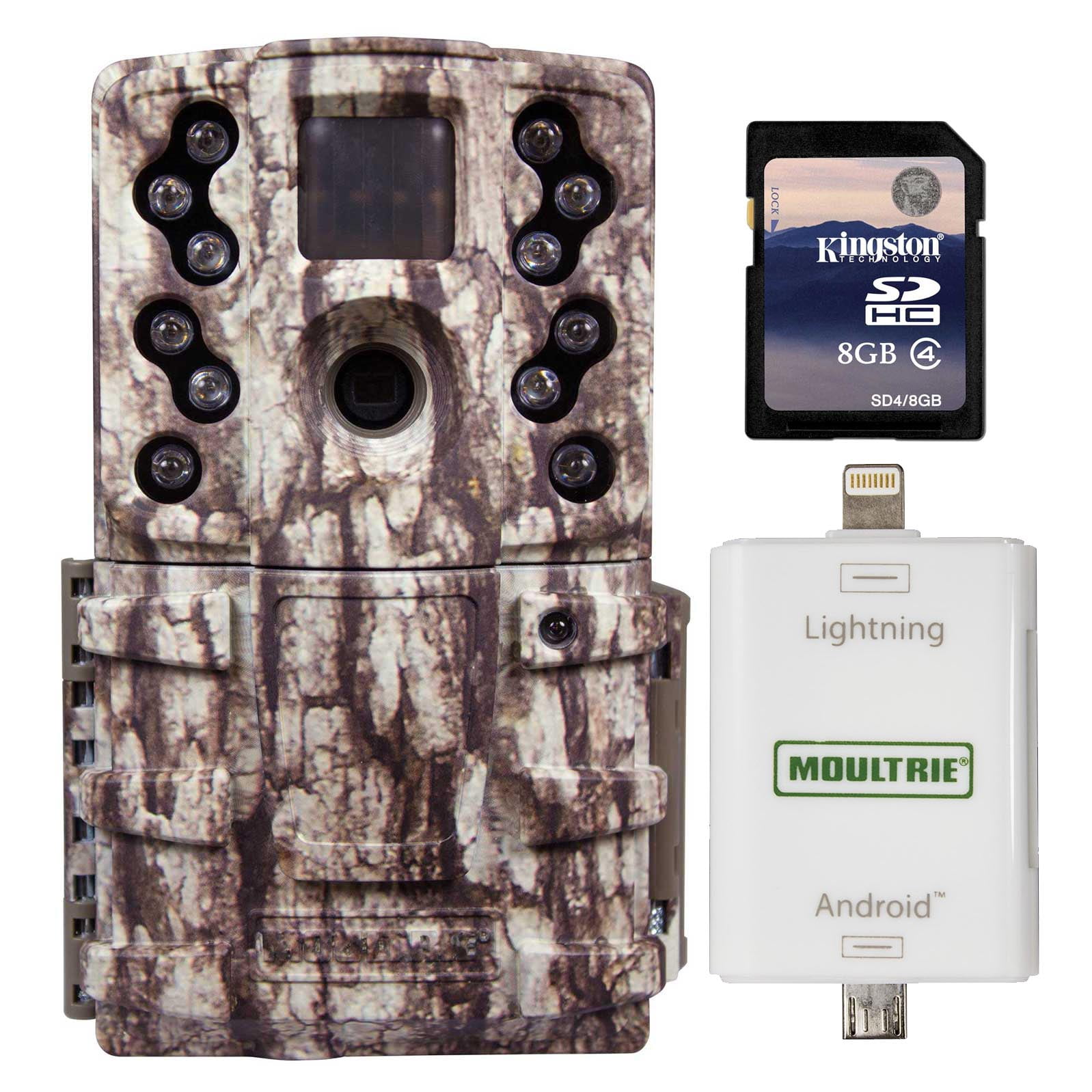

Usually, an SD card reader is not very heavy and the size of it is small. Besides, it supports reading & writing data and allows the access to SD card files.Īctually, a card reader is specially designed to share information on SD card conveniently.

It's an external device with corresponding SD card slot and USB interface. Well, SD card reader is a kind of device used specially for reading SD card. It is now widely used in digital camera, DV, MP4, MP3, PDA and smart phone. And it is favored and used by a lot of people due to its excellent characteristics of small size, fast data transfer and hot swap.Īt present, SD card is the most common memory card on the market. On This Page :Īs a new type of storage device based on semiconductor flash memory, SD (Secure Digital) memory card is produced to increase the capacity of digital devices. Now, you can read this post to learn some useful information about SD card reader. Thus, to access to the files on the SD card using the computer, you need an SD card reader.

PS re Canon and CF with SD slots ~ I never used the SD slot in my Canon because it transpires that Canon made the SD slot slower write/read than the CF slot and if both slots used.You know that you can’t connect the SD card to your computer directly.

I see no reason to spend significant sums on the camera and then buy too low budget on the prime key accessories.īack to choice of brand of CF cards, I do wonder if the cheaper brands suffer from poor construction and as such just exacerbate the possibility of pin damage? Personally, I would never buy a shop branded reader and apart from a Lexar one that I returned, I have had SanDisk and all my cards have been SanDisk brand. Clearly(?), that can cause potential misalignment upon insertion and pin damage Yes, for whatever reason the readers have shorter guides than the camera slots. So the newer cameras are quite capable of fast transfer speeds if you want to do it that way.Įven if my camera was capable of faster transfer speeds, I still prefer taking out the card.Ĭlick to expand.Sorry, my post was not intended to be in any way a personal one or harsh.but when the reports of bent pins appeared, some of the 'reporters' said that the card was, "difficult to insert and required some pressure to do so"."did not go in far enough, so pushed it harder and it still would not go fully in". My Canon 6D is only USB 2.0, 480Mbit/sec so it's slower using a cable from the camera.Ĭanon EOS R, Fuji X-T3, Nikon Z6 and Sony a7 III are all USB 3.2, which is 5Gbit/sec.
Card photo reader download#
No one ever brings in their camera and a USB cable to download footage.Īs for transfer speeds, that will depend on the camera.
Card photo reader professional#
In my professional experience working in broadcasting, every single camera person removes their memory cards from the camera, multiple times per day, with no issues. The Z6 uses XQD cards, which like the SD card has flat contacts, no pins. These days I used SD cards and they don't have pins, they have flat contacts, so there's nothing to bend. I used to shoot with a Sony A350 which used CF cards and I always took the card out of the camera to download files and never had a problem with bent pins. I've heard of a few people getting bent pins in a Canon 5D or something of that era but nothing recently. The pins that people refer to are on compact flash cards, which practically no current cameras use.


 0 kommentar(er)
0 kommentar(er)
